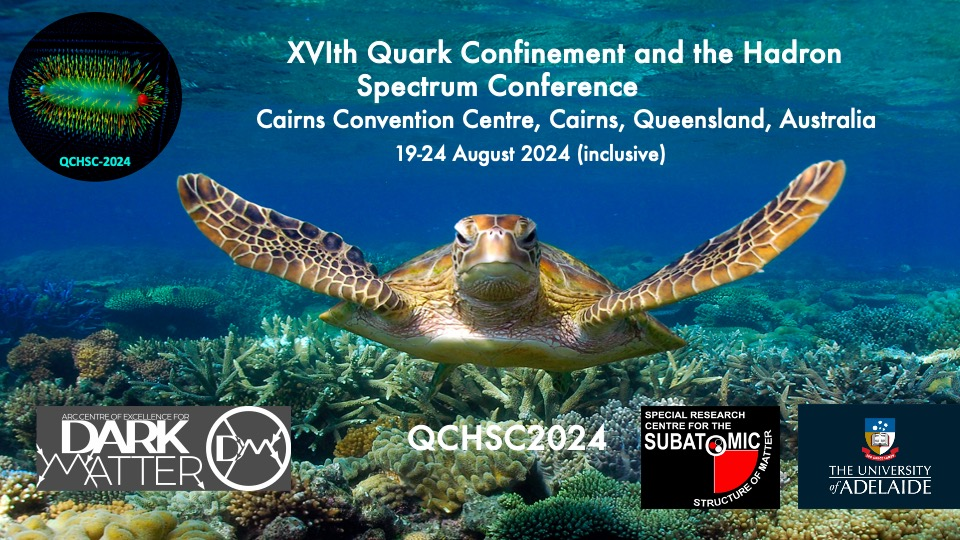Speaker
Description
It is well known that Dark Matter can be captured and accumulate in celestial objects. While this problem and been studied thoroughly for the Sun and the Earth, recently compact celestial objects like White Dwarfs and Neutron Stars have raised the interest of the scientific community. Here I present two recent results related to these objects.
In the case of Neutron Stars, we consider Dark Matter candidates that are allowed to annihilate. The capture of dark matter, and its subsequent annihilation, can heat old, isolated neutron stars. In order for kinetic heating to be achieved, the captured dark matter must undergo sufficient scattering to deposit its kinetic energy in the star. We find that this energy deposit typically occurs quickly, and that capture-annihilation equilibrium, and hence maximal annihilation heating, can be achieved without complete thermalization of the captured dark matter.
For White Dwarfs, we consider the scenario where the Dark Matter is very heavy and cannot annihilate. In the heavy dark matter regime, multiple collisions are required for the dark matter to become gravitationally captured: we present an improved treatment to calculate the multiple scattering rates when the particle interacts with the ion constituents of a white dwarf.

